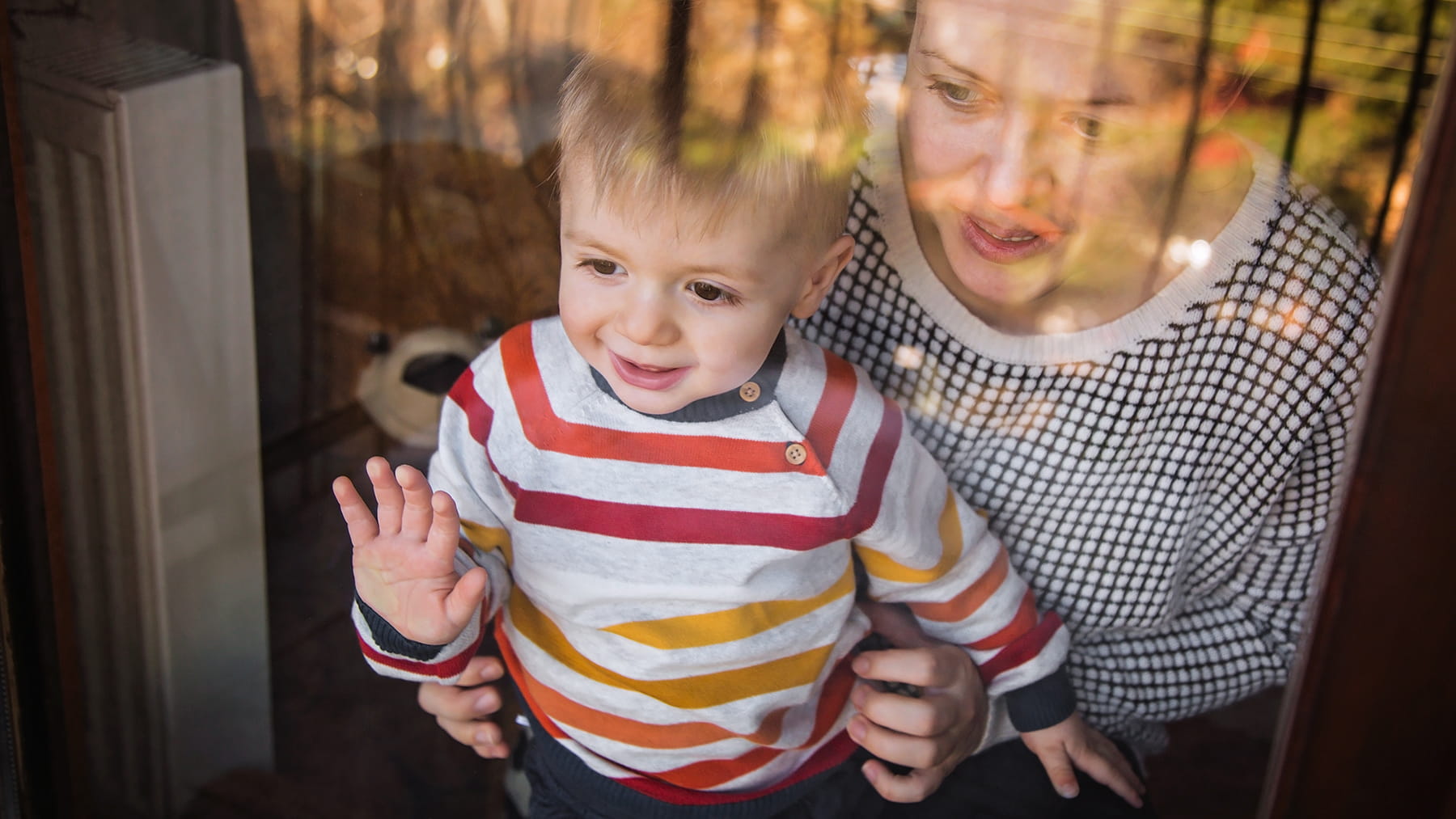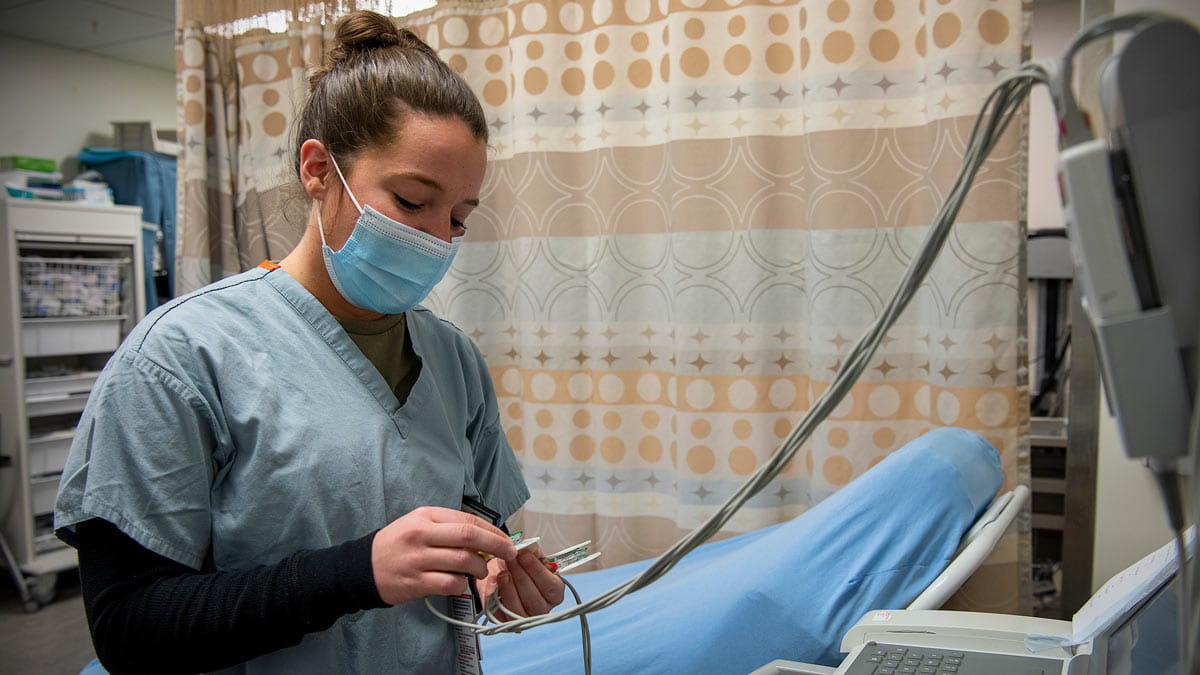When can we see our families in person again?

Editor’s note: As what we know about COVID-19 evolves, so could the information contained in this story. Find our most recent COVID-19 blog posts here, and learn the latest in COVID-19 prevention at the Centers for Disease Control and Prevention.
As many businesses and services reopen to the public, the question on everyone’s minds seems to be, “When can I safely see more of my family and friends?”
Unfortunately, there’s no universal answer. But, as a family medicine physician, I’ll share how we can use a scientific lens to weigh the risks of reuniting with family and friends, using guidelines and research from the CDC and other public health entities.
Safety checklist for seeing others outside of your household
Some criteria to consider before spending time with someone you don’t live with:
1. Has everyone involved been healthy (not showing COVID-19 symptoms) for at least the past two weeks?
Any signs of COVID-19, which are very wide-ranging, need to be treated as a possible infection. Exposure to someone with symptoms should be avoided until they’ve been without a fever for at least three days and symptom free for at least 10 days.
Symptoms include:
· Fever of 100.4°F or higher
· Respiratory symptoms, such as dry cough or shortness of breath
· Sore throat
· Headache
· Body ache
· Chills
· Loss of taste or smell
2. Is everyone involved considered “low-risk”?
Some conditions and health factors put individuals at higher risk for severe illness with COVID-19.
Those factors include: being 65 or older, living in a nursing home or long-term care facility, being immunocompromised, or having chronic lung disease, moderate to severe asthma, a serious heart condition, diabetes, chronic kidney disease undergoing dialysis, liver disease or severe obesity (BMI of 40 or higher).
3. Can you keep social distance/safe distance of at least six feet during the visit?
Staying six or more feet apart and wearing face masks, if possible, can greatly lower the risk of spreading COVID-19.
4. Will there be fewer than 10 people at this visit?
Each person involved exponentially increases the chances of transmission.
If the answer to all four of these questions is “yes,” then moving forward with visiting others is relatively low-risk for all involved. However, if someone involved in the visit could be considered high-risk, I would further suggest limiting the number of people gathering to just five or six and to people within no more than two households.
Younger children who can’t reliably social-distance
Is that toddler hug worth the risk?
It’s hard to keep small children away from the people they love. But when we’re talking about kids seeing their grandparents or similar relationships, I believe allowing them to see one another is OK as long as all other criteria mentioned above has been met. That includes ensuring that everyone has been healthy in the past two weeks (no snotty noses) and that it’s a small-group meeting.
Consider setting strict rules of no kisses or hugs in these encounters. It’s harder to enforce this with younger kids, but if you have a clear conversation about it before the event, they’re more likely to adhere to the rules. Of course, make sure Grandma and Grandpa are aware of the rules and that they adhere to them as well.
Face masks still are encouraged for those 2 and older, if the child can tolerate it and is able to remove it themselves if needed. And I always encourage frequent and thorough handwashing. The thoroughness of the handwashing is key for little ones, and it may take some supervision to get it right.
Questions to ask those you’re about to meet
In the safest meeting, the answer to all of the questions below would be “no.”
1. Has anyone in the household been ill in the past two weeks?
2. Has anyone in the household been exposed to anyone who has been sick in the past two weeks?
3. Does anyone in the household have any comorbidities (high-risk health factors) that would put them at greater risk if they were infected with COVID-19?
4. Has anyone in the household been in a group of 10 or more recently, putting them at higher risk of transmission?
Why we still need to be careful
COVID-19 is extremely contagious, and it’s likely that many people who have it don’t know it. But they can spread it to people who will show symptoms—perhaps severe, life-threatening ones.
There’s also evidence that re-infection can occur, so even if you know you’ve had COVID-19, that doesn’t mean you couldn’t contract it again.
How long to wait before meeting with other friends and family
Some individuals may decide they aren’t prepared to risk meeting with people outside of their household until a reliable COVID-19 treatment or vaccine exists.
I might not recommend that plan for everyone, because we really don’t know if treatments or vaccines will be available anytime soon. You could be waiting a year or more for that to happen.
However, if you’re high-risk for severe illness with COVID-19, I do recommend severely limiting the number of people you expose yourself to, including family members. You should also avoid going to public places without a face covering and avoid public gatherings of more than 10 people, especially if it’s in an enclosed space.
As for low-risk individuals, use what we currently know about the risks of COVID-19 to help inform your decision, and carefully weigh the risks and benefits of interactions with others. If you need someone well-informed in both the research and your individual health to weigh in, reach out to your primary care provider for help.
Bethany Panchal is a family medicine physician at The Ohio State University Wexner Medical Center and an associate professor at The Ohio State University College of Medicine.




